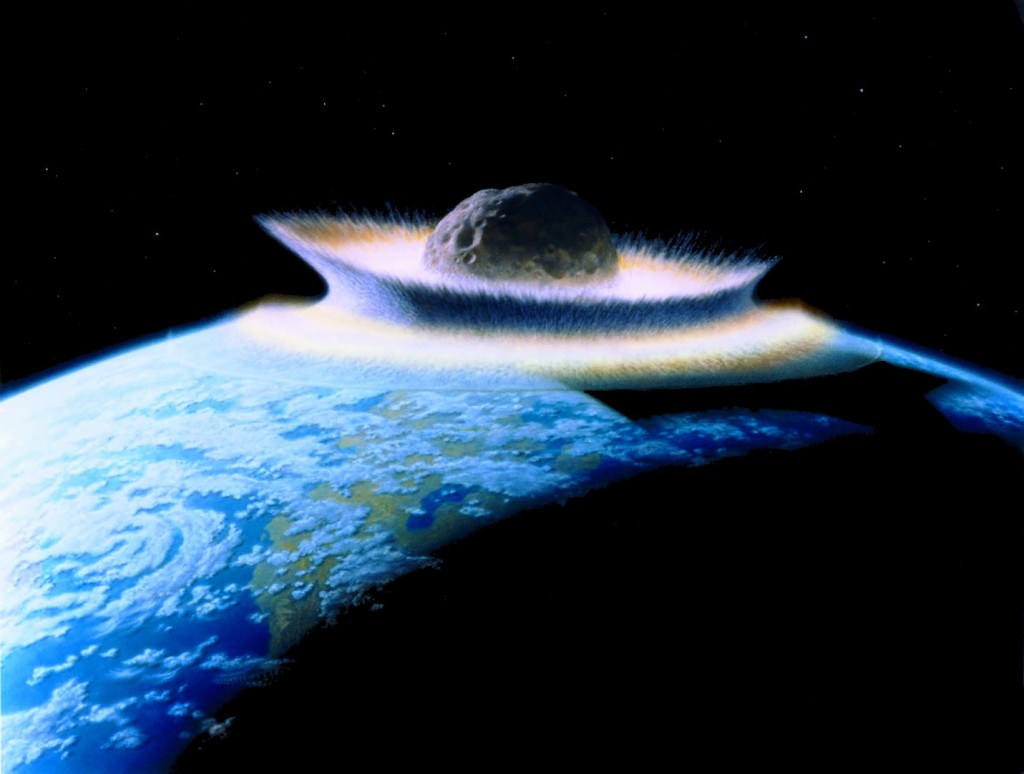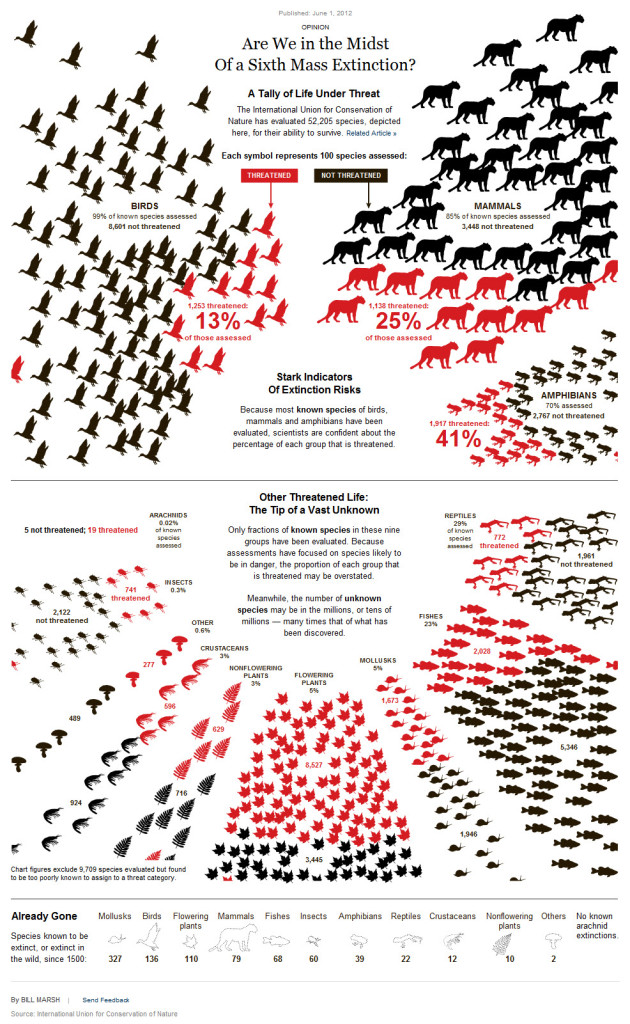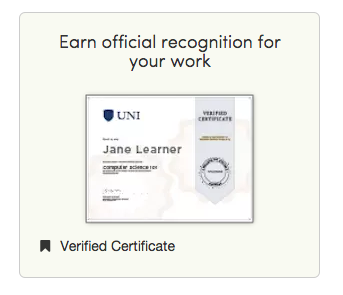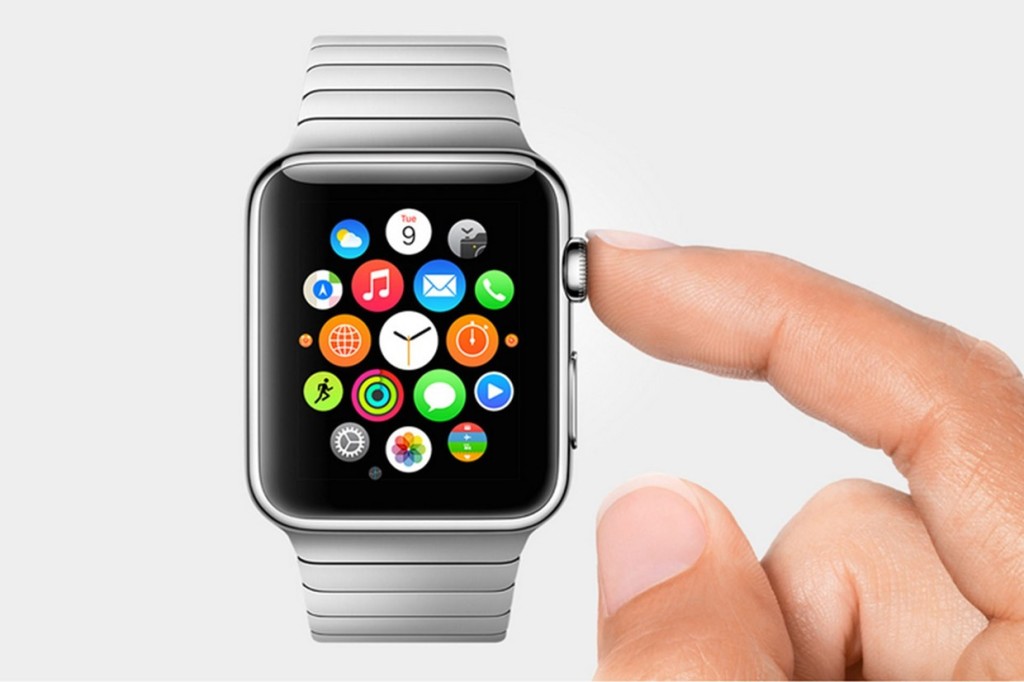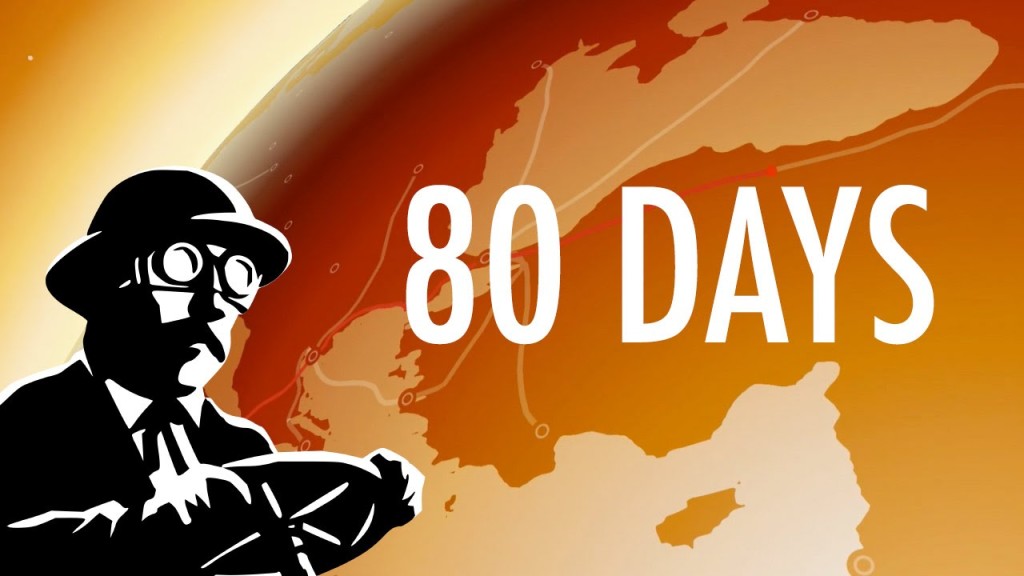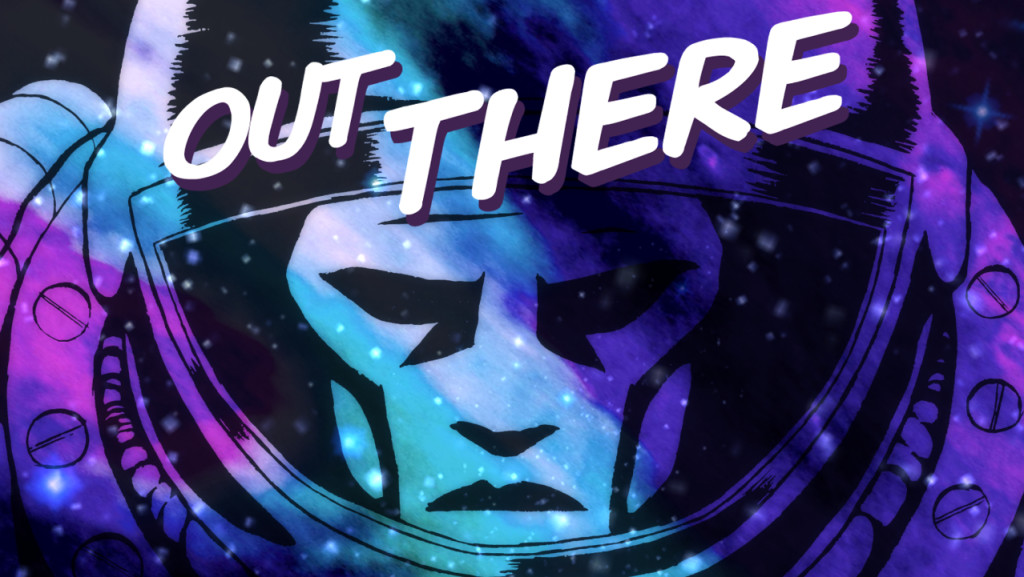-

-

-

-

-

-

-

-

-

-

-
-

-

-

-

-

-

-

-

-

-

-

-

-

-

-

-

-

-

-

-

-

-

-

-

-

-

-

-

-

-

-
-

-

-
 TOTW: Google's Project Ara Modular Phone May Be The Future Of SmartphonesOctober 30, 2014
TOTW: Google's Project Ara Modular Phone May Be The Future Of SmartphonesOctober 30, 2014 -

-

-

-

-

-

-

-

-

-

-

-

-

-

-
-
-

-

-

-

-

-

-

-

-

TOTWs
Are All Animals Doomed to Extinction? Part 2: The Frozen Zoo
09 years
This is the second in my series on de-extinction technology, the increasing rate of animal extinction, and more. Click HERE to read the first article.
To start, I’ll tell you the first of humanity’s hopes for the survival of Earth’s fauna: a genetic sampling collection, or in the words of the San Diego Zoo, a “Frozen Zoo.” The reason I mentioned Angalifu, the late white rhino from the San Diego Zoo, in Part 1 of this series is because the rhino is now part of an incredible task being undertaken: creating a frozen collection of any animal that dies at the Zoo, including tissue, sperm/eggs, stem cells, and anything else that may be useful for later use. They have been doing this for 40 years already, and have amassed so much genetic data that the Zoo now represents the largest frozen gene bank in the world, including rare samples such as the white rhino’s.
This technique holds great promise, one of which is cloning or bringing a species back to life; however, creating one or two of these rhinos or Po’ouli birds isn’t what scientists are trying to achieve. The goal is rather to get these animals back into the wild as part of a stable population. But, when the animals that are “created” are the only ones that can repopulate the whole rhino species, that can lead to genetic complications, such as inbreeding. Yet many other species have come back from a very small population, so if we can someday produce a large handful of genetically distinct white rhinos (i.e., not clones of one or two individuals) then there is a chance that they could grow their population back up to a stable point in the wild.
Even after this major technical hurdle is cleared, another key obstacle would be to avoid the poaching that prompted the fall of this great species in the first place, but that’s a story for another day. Yet for now, poaching does raise a new point, and one that hurts the case for all of the Jurassic Park fans who want pet velociraptors (or perhaps more realistically, pet Dodo birds): where would we put these animals, and how would they get re-introduced into the modern ecosystem that has already adapted to life without them?
The short answer is: they can’t really. After an ecosystem has gone so long without a certain species, reintroducing the species back to the wild risks disrupts the new harmony, and may even make the reintroduced species act as an invasive species. As our goal is to keep our environment as harmonic as possible, disrupting that just because Velociraptor African safaris make great business hopefully won’t happen anytime soon.
What I’m trying to say is that the goal of all this time and money invested in this cause is not to bring back extinct species, but rather to bring back extant species that are hovering on the brink of extinction, such as the white rhino. The species the scientists are targeting have only just vacated their natural habitats, preferably due to unfortunate human eradication, as those are the species where we have a clearer moral obligation to try to intercede. Bringing these species back to a stable population, which has been completed before with various raptor species and others, is the goal of all this hard work from many talented people.
Make sure to check back here soon for the last two installments in this series!
Are All Animals On Earth Doomed For Extinction? – Part 1
09 years
Back in December, at the San Diego Zoo, a 44-year-old white rhinoceros named Angalifu died. Angalifu was one of the last five white rhinoceroses in the world, and unfortunately, each of the remaining four is unable to reproduce. What does that mean? Well, for now it means that the white rhinoceros is doomed to extinction, at least in its original state.

Angalifu, the late White Rhino.
This isn’t something new. It is hard to know what share of species goes extinct each year, as we don’t even know how many species there are on our wonderful planet. Science’s best estimates are that we lose roughly 0.01% to 0.1% of our species annually, which doesn’t seem that drastic at first, but actually translates to an estimated 10,000 to 100,000 species per year. 100,000! Never should the highlight of a year be a picture of Kim Kardashian on a magazine rather than the incredible amount of animals that died off in that year. In fact, extinction rates are so high, 1,000% to 10,000% higher than past non-altered extinction rates, that many are calling this episode the sixth mass extinction of all time. Keep in mind that historically, a mass extinction has been an asteroid slamming into the Earth. That’s not something we as humans want to emulate, and yet, we are heading toward that magnitude of an event faster than ever, with no real plan to stop it. Of course, we aren’t there just yet. It is estimated that by mid-century 30% to 50% of all species on Earth will go extinct, rivaling both the Triassic/Jurassic extinction and the Late Devonian mass extinction, considered two of the five biggest mass extinctions of all time. We are clearly at a point that we have to start doing something; a third of all amphibians are already going extinct, at a rate of 25,000-45,000 times the background or normal extinction rate. Even primates, our closest relative on this planet, have 50% of their population at risk of extinction. We aren’t on a good path here.
I’m not writing this just to depress you, though. We do have some hope, if not a way to stop the ultimate demise of much of the life on earth. As much as I wish it weren’t true, there is most likely no economical way to halt the pace of the industrial growth that is compromising our natural resources and habitats. Based on persistent long-term trends, it appears that sooner or later we will all be living in an urban or suburb environment (or a dustbowl, if you are Matthew McConaughey), and the associated environmental damage will be very hard to reverse. But this doesn’t mean that the affected species can’t come back from the dead. Although we aren’t exactly there yet, with a failed try at bringing an extinct species bucardo (a type of Spanish Ibex) back to life ending in a deformed baby dying soon after birth, we are getting extremely close. We all know that Jurassic Park is a fiction, as even the more recent Woolly Mammoth is too far back in time to clone. But, there are plenty of recently extinct species that are well on their way to being cloned, such as the Hawaii Po’ouli bird and more. This may be commonplace in the future, the cloning and repopulation of dying species. Earth’s animals are precious and define our planet; we want to protect them from our destructive impact for as long as we can. This is the first part in a 4 part series on de-extinction, increasing extinction rates, conservation technology and more. Check back the next installment in the series soon!
Sources: http://wwf.panda.org/about_our_earth/biodiversity/biodiversity/ http://www.biologicaldiversity.org/programs/biodiversity/elements_of_biodiversity/extinction_crisis/ http://www.bbc.co.uk/nature/extinction_events http://ngm.nationalgeographic.com/2013/04/125-species-revival/zimmer-text http://www.nature.com/news/2011/110823/full/news.2011.498.htmlMars One Plans For Humans Colonizing Mars By 2024
09 years
Have you ever wanted to go to Mars? To set foot on a new planet, being one of the first humans ever to do so? It really does sound like a stretch of the imagination, and still doesn’t seem possible, even with a reasonable amount of knowledge about what it will take to get there. There are just so many hurdles to creating an actual Mars colony: food, solar radiation, the effect of less gravity on our bones, the cost of transporting supplies to space, and much more. Learn more about it in the Asap Science video below:
And yet, a non-profit organization called Mars One is already making plans to go there. Setting their sights on a manned Mars mission in 2024 and then again in 2026, Mars One has already been supported by many experts, including Nobel Physics prize-winner Gerard ‘t Hooft, along with the 200,000 other people wanting to be one of the 24 lucky (or unlucky, depending on how you view it) to go to Mars. Announced in 2012, Mars One has already gone through three stages of elimination for picking who will be an astronaut in the final takeoff. Recently, 100 people were announced as in one of the last groups before Mars One picks the final 24. Each applicant paid $38 and submitted a video and written summary of why they want to go to Mars, why they deserve it, and what makes them good to spend the rest of their life up there. (no attachments, good personality, etc.)
And notice I’ve said “the rest of their life up there”. That wasn’t just a guess. Mars One has made it very clear that these participants are going up on the red planet and staying there. Either they fail on the way up and die, or stay up there for the rest of their life, the first generation of a martian colony. And everyone in the top 100 applicants have accepted that too, which adds just one more level of bravery on top of the whole idea of a possibility of being incinerated while leaving the atmosphere.
One criticism of Mars One is how they’re running the whole enterprise. Many people have voiced that they believe Mars One is taking the process much too lightly, and the fact that they are creating a reality television show isn’t sitting well with many people. On their website they already are letting people vote for the “contestants” they want to go to the next round of elimination. Sounds a lot more reality TV than NASA, and that’s exactly what people are worried about. This would be a very dangerous mission, and taking unqualified people and throwing them into space for the sake of entertainment clearly doesn’t seem right.
Unfortunately, the reality TV part of their elimination process has already taken hold on many people, with The Guardian, Ars Technica and more doing interviews with some of the final round applicants. But there is an upside to the reality TV aspect, and that’s the money Mars One will make. They have already estimated the cost be to $2 billion, and so the show would help pay for the technology, rockets, and to help if anything goes wrong.
And who knows? Maybe, by some near-miracle, Mars One will have the required technology to launch the final 24 applicants into space and then on to Mars by their target date. Then, of course, the question would be how they would actually survive in space, and what humanity would do with a Mars colony, but that’s a thought for another time.
UPDATE: PBS Idea Show just created a great video on the entertainment aspect of Mars One, which you can watch below.
Coursera Partnering With Instagram, Google and More
09 years
College has always pretty much been the only way to start a career in our modern world. However well you do without a good college degree, “I went to Stanford.” will always leave a lasting impression on whoever you’re talking to. But, as online classes and resources continue to branch out, creating more content and ways to access them, the credibility of these classes continue to increase. Coursera, an online college level course distributor, already has a pretty good system running. There are hundreds and hundreds of courses on the site, only a handful on demand, most with scheduled class times spread throughout a period of time, curated by many different universities all over the world in tons of different languages. If you complete these courses, you can earn a verified certificate of completion, signed by the instructor from the university. Although the certificate can’t actually be used as credits, they are a good show of prior learning when applying, or just used as proof that you completed the course.
Coursera is now taking this “verified certificate” thing to the next level. They have already introduced a feature called Specializations, which are a group of courses under a certain topic. Once you have completed these courses, you have to complete something called a “Capstone Project”. A capstone project is, well, a project to show that you’ve learned the material. After completing the capstone project, it will be reviewed, and you may be awarded with a certificate of specialization completion.
Obviously, Specialization Completion is worth a lot more than just completing one of the courses, because it has you use your new knowledge. But also, Coursera has recently partnered with a couple tech companies, including Google, Swiftkey, Instagram, Shazam and others to help with the credibility of these Specialization Courses. When you complete the capstone project, depending on the specialization you took, your project will be reviewed by one of these companies, and the best of the course’s participants may be given some reward by the company itself. For instance, Google looked over all the capstone projects in the Mobile Cloud Computing specialization, and featured the winner’s apps in the Play store, as well as giving them free Nexus tablets.
So far, these partnerships have been restricted to specializations to do with technology and entrepreneurship, but Coursera says they expect to branch out in the future to other topics as the specialization courses grow.
This opportunity, for your work to be shown to many new companies is a great for many people in college, not yet in college, or later in their career to try to move into a job they like better. Whatever the reason, Coursera is creating this great opportunity for learners of all kind, and you should definitely check out their courses, whether for college or just for fun. Also, this partnership is one step in the right direction from the Internet being known as “that place with cat videos” to a reliable, verified learning reasorce. Since is Google, Shazam, and many other of the biggest tech companies trust them, why shouldn’t you?
Miegakure – A 4D Game In A 3D World
09 years
3D video games are a fairly new concept, only really appearing in good 3D for the past 5 years or so. For most of video game history, games have been 2D, most likely a side-scrolling platformer or a top-down RPG such as the old Zelda game. But with recent indie game developers stretching the bounds of what we think of as a video game, such as thatgamecompany and No Man’s Sky, the now popular 3D aspect of video games have been broken. Miegakure, an in-development game for PS4, tries to twist and break your mind by bringing a fourth dimensional aspect into a three dimensional game, just as you would bring a three dimensional aspect into a two-dimensional game. Confused? Let me explain.
When you think about it, you can’t really bring four dimensions into our current three. It’s simple enough, just try it. First, stretch your left arm out at a 90-degree angle from your body and under your arm. Two right angles. Then do the exact same with your left arm, and also have it be 90 degrees from your arm already out. In effect, you’ll now have something like this:
Keeping in mind that X, Y and Z continue on forever, try to add one more line (or just do it with your leg) to is 90 degrees from all other lines. You can’t? No surprise here, since it’s not possible in our three spatial dimensions. And Miegakure doesn’t break that seemingly obvious rule. But what it does is get as close to 4D as you can in a 3D world. In the novel Flatland, written by Edwin Abbot Abbot in 1884, a 2D square is living his normal life, only seeing a thin sliver of a line to tell where everything around him is. A side-view of his paper-thin world. But when he gets pulled out of Flatland by a sphere, he sees all that he was missing in his 2D world. Miegakure uses that logic, but instead of a 2D slice of a 3D world, it’s a 3D slide of a 4D world!
Mind boggling. I know. Just watch the video below to understand it even in a slightly comprehensible way.
What’s amazing about this game is that even though it reaches into a real that humans can’t even begin to understand, it runs just as smoothly and easily as any old 2D platformer. The inspiration for the creation of Miegakure came from the developers wanting to create a game that not only logs an object in two points, for two 2D, or even three points, for 3D; they wanted to create a game that logged an objects points with 4 different variables. Just the idea is insane, but the fact that they are pulling it off it even more astounding.
We have already reached a point where computer’s understanding, at least from a purely mathematical and logical standpoint, is ahead of ours, which is both scary and exciting to see what will come next.
Brady Haran did an interesting interview with the creator of Miegakure for his channel Computerphile, which you can watch below:
Janicki Omniprocessor Turns Waste Into Water And Energy
09 years
After making his fair share of cash from starting one of the world biggest technology companies, Bill Gates has moved on to something more: saving the world. No, not in the cliche cape-and-spandex type of way, but more of a billionaire philanthropist type of way. He has already given billions and billions to charity, donating an astounding total of 95% of his life’s earnings and fortune to good causes. The Bill and Melinda Gates Foundation is “Dedicated to improving the quality of life for individuals around the world. From the education of students in Chicago, to the health of a young mother in Nigeria, we are catalysts of human promise everywhere.” as it says on their website. There are so many things that Gates’ fortune along with a whole lot of goodwill can do and already has done, but the reason I’m writing this is because of Bill Gates’ most recent endeavor: turning poo into water.
No, I’m not kidding. Teaming up with a couple of pretty brilliant engineers, one of them being the Janicki Bioenergy CEO, Peter Janicki, Gates has tested the Janicki Omniprocessor, a machine that takes waste and sewer sludge, as Gates calls it, and out of that makes energy, water, and pathogen-free ash. Again, not kidding. Their goal, of course, is to create a machine that, when used in growing and third-world countries, is not only profitable to the entrepreneur that owns the machine, but also that can help the community. In the end, the person running the unit will get paid for not only the water and electricity, but also the ash and sewer sludge. This very well may be a big step up in global higher standards of living, bringing electricity and clean water to developing countries, as currently, it’s pretty hard to lift a country or area out of poverty and poorer standards of living.
This is how the machine works. A conveyor belt brings the sludge into the machine (which the entrepreneur is getting paid for) and dumps it into a large high temp tube, which boils the sludge. The tube is so hot (1,832 Fahrenheit), in fact, that the sludge burning doesn’t even smell, unlike pretty much every other alternative for disposing of that kind of waste. This process removes all the water vapor from the sludge, and the vapor then gets shoved through a high-quality filtration system, which then creates high-quality water. If you don’t fancy drinking something that was poop only a few minutes ago, just watch Bill Gates do it in the video above and maybe you’ll change your view.
Once the sludge is now completely water free, it gets thrown into a large furnace, that heats it up to so much that really hot steam rises out of it, going straight into a custom steam engine, which drives a generator, creating: you guessed it, electricity. This electricity gets put back into the system to help power it, but it also can be sent out into the community, for the benefit of everyone. The entrepreneur again gets compensated for the output, adding one more source of income for the hard-working Janicki Omniprocessor manager. And finally, the entrepreneur gets paid for the ash too, because hey, why not. (Actually, they just haven’t said why they compensate for the ash, maybe just to add a little more incentive, but they did make it clear that they do pay for the ash)
The Janicki Omniprocessor isn’t yet ready to be used in developing countries, and there are sure to be some kinks to work out, but they are preparing for a field test in Senegal to see how well the community interacts and works with the machine. But in general, the machine is a remarkable piece of engineering, and certainly has a great potential to help the sanitation of the rising populations in growing nations all over the world.
What To Expect In 2015 For Wearables
09 years
2014 finished with a bang, at least if you call USA and North Korea bickering over a Seth Rogen satire movie a bang. Besides that, 2014 was a year of smartwatches, bigger phones, and flat design at its finest. The new line of iPhones was released, with the iPhone 6 and 6 Plus making headlines for their giant size (by Apple’s standards). iOS 8 was released on September 17th, and Android even hopped on the software wave when they announced Android Lollipop at their recent Google I/O conference. The internet suffered many different hacks, leaks and viruses starting with Heartbleed and the NSA leak, and finishing with the Sony Playstation and Xbox hacks. And offsetting the ever-growing smartphone size, smaller smartwatches are starting to take off in popularity, with Android Wear OS released alongside many new Android smartwatches from a variety of manufacturers.
The Smartwatches Of 2015
And that leads me to the biggest smartwatch announcement: Apple Watch. Last year I said Apple Watch would be a big highlight for this year, and it was. Well, at least the announcement was. Set to be designed in three styles, Apple Watch Sport, Apple Watch, and Apple Watch Edition, the Apple Watch wasn’t actually released, despite all the press and hype even from a year back. The only promise Apple gave us was a public release of “Early 2015”, which promises to be a big event whenever it happens. As great as the release of the smartwatch will be, the first time Apple will be branching into a new vertical since Steve Jobs’ death, there will be some unavoidable consequences. For instance, there have been many smaller smartwatches makers, most prominently the “Kickstarted” Pebble, along Samsung and the Android gang’s watches. Some of the less well-funded makers will likely need to sell or potentially go out of business.
The fact is that consumers tend to favor sticking with their native tech ecosystem, , just as the product companies desire. It’s just easier. But also, with so much more money and development resources, Apple is hard to beat in terms of quality of hardware and software. It’s a little sad, as some of these startups and smaller watches were actually not that bad, but will still likely fall prey to Apple’s enormity.
More Wearables
So far in the progression of wearables, smartwatches have been the only successful niche. Smart glasses, such as Google Glass, were a lot like the segway. There was a lot of hype, but no actual use in daily life. For instance, Google Glass was a highlight of Google’s I/O conference, a special restricted public testing called the Explorer Program. With the I/O announcement, and the Explorer Program, the excitement level was high for the public release in the beginning of 2014. Unfortunately, when the public release did come, nothing really happened. Partly, this was because of all the controversy of Glass’ pretty much secret filming capability, leading to it being banned in many places. But also, the whole concept was to make a device that can seamlessly let you access the internet without pulling out your phone, but the execution of that idea lacked. First of all, the glasses looked geeky. I can’t lie, when you wear something like that you’re kind of throwing your style out the window for technology. Also, the main control of the device is speaking, which doesn’t really work when in public, not because of the sound quality, but because you just look weird talking to no one, while staring blankly into space.
So, what comes next? As I’ve argued, smartwatches will become big whether the product is significantly useful out of the gate or not. As the line of products grows, just as it did with iPhones way back when, their usefulness and quality will increase dramatically. The key to a successful wearable is that it’s both novel and useful. Most wearables that have failed to succeed lost their battles because they weren’t useful enough, such as (most notably) Google Glass, some Kickstarter gadgets, and early smartwatches. Many concepts simply didn’t have enough features and interaction with the outside world to make a dent in our daily lives. So it’s pretty hard to predict exactly what type of wearable will find the most success this year, though CES featured a few “out of the box” products that start to hint at what types of products might come out of blue in 2015: for example, mind reading.
Mind Reading
Ok, ok, maybe not exactly mind reading, but products like Thync, a small device you wear on your head that changes your mood using electrical pulses, and Mellow Mind, another headpiece that measures your state of relaxation and with music teaches you to relax, hint at a new branch of technologies working to understand, read, and even manipulate your mind. However whimsical, the popular neural-controlled cat-eared Necomimi may show a direction that consumer and lifestyle products are headed. As much of human existence has been focused on interacting with the world through our fingers, direct interaction via the brain is quite exciting. Not just for consumers, to see what will be made from them to use and marvel over, but also for entrepreneurs, companies and scientists, as a world of possibilities opens up. We often see technologies interacting with brains in sci-fi, whether it’s operating your home, high-tech simulated worlds, or much more, it really is amazing that we are already staring to go in that direction with CES 2015. As scientists and engineers become more adept in their understanding of direct interaction via neurons and electrical pulses, we will hopefully reach a stage where all this practical interaction with technology will be possible, and sci-fi will become real once again.
Best Apps Of 2014 – Top 5
09 years
Nobody can doubt that we have entered a new era of technology: one recent study showed that the world now has 7.1 billion cellphone subscribers, 90% of the global population. By 2015, the study says, the number of cell subscriptions will surpass the number of humans buying them.
Increasingly, as complete the transition from the flip phone era to the smartphone era, we approach a point where you can’t really live without one. And what makes an OS for a smartphone good? The apps. Apps are the single and only thing that brings the best parts of an OS alive, giving you the freedom to do an almost infinite amount of things with your phone. So, with an enormous market, low barriers to entry, (e.g., a $100 Apple developer account and some programming experience) and the ability to go whatever your creative mind wants, there’s no telling how many great apps will pop up. Well, let me tell you: there are tons. So many good apps, in fact almost too many, that you really do need to search for the very best of them. So here I have listed my favorite apps from 2014, all ones I like and use frequently:
Winner: 1Password
Everyone has heard of the privacy and security scandals of this year: Sony, the NSA, iCloud – the list goes on and on and has made many nervous about their online security. If you’re like many, you probably changed your bank password and moved on. But in the back of your mind, you know having unique, strong passwords for each of your online accounts would greatly help your security. That’s where 1Password comes in.
The app is available on your computer, as a browser plugin, and as an app, and will let you enter all of your passwords, concealed all under one single, very strong password of your choice. Hence, “1Password.” Once you input your passwords, credit card info, and logins, 1Password will securely hold them for your use, making them available at your fingertips (literally – since you can enable Apple’s TouchID as an alternative login to the app). The software can even generate a extremely secure password whenever you need to change passwords or create new accounts. I use it all the time, and it’s a great alternative to just remembering them. As it gets easier and easier to hack into personal information, it’s important to have secure passwords, and 1Password will certainly help you do that.
#2. Instagram
I’ve said it before, and I’ll say it again: Instagram is one of the most well-designed and user-friendly social apps in the App Store. As someone who uses Instagram on a regular basis, I’ve found that there isn’t much that I dislike about the iPhone app. While some just don’t get the appeal of constant photo-sharing, and I get that, but what makes Instagram so great for me is that I can connect not only with my network of friends, but also follow artists, sports teams and other interesting personalities.
But there are so many features that make the app so great: the top-class photo editing software; easy DMs; the ability to tag and comment people; the list goes on. I’m going to make this short, but if you want to read more on Instagram, read my full reviews HERE and HERE. But, in brief, assuming that you know at least 10-20 people already on the app, all the great social interaction features will surely make Instagram your favorite social media for interacting with friends.
#3. Monument Valley
This Escher-style groundbreaking game defies the common thought that video games can’t really be artistically beautiful. All the amazing optical illusions in this game really works your brain as you seemingly fly through a plethora of amazing scenes and places in the storyline. The great story combined with the beautiful art and easy gameplay makes, in my opinion, Monument Valley one of the best games ever for mobile. In fact, the only one thing bad about it is the short play length; playing non-stop, you can finish it in a couple of hours. Although, most of these complaints were squashed when the creators released an extra eight-level add-on called The Forgotten Shores. The game doesn’t have very much replay value, but while you are playing it, you feel like you’re reading a classic, timeless book. Only better.
#4. Drafts.
To start, I have to mention: Drafts is one of my most used apps, earning its position in my dock. There couldn’t be an easier app to take your thoughts, ideas and notes and export and send them wherever on the Internet you need. Simply, the amount of places you can quickly and easily take your plain-text notes and export them (e.g., as emails, as messages, to Twitter, to Evernote, to Dropbox, etc) is incredibly helpful and customizable, so much so that I rarely spend more than 10 seconds during each use, saving an incredible amount of time. It’s what productivity apps are supposed to do, and Drafts does it perfectly: saving your in-between time for working, relaxing or socializing, and making it easier to get your notes and ideas wherever you need them.
#5. Pocket Casts
I bet you’ve heard of the Serial podcast, and maybe even Start Up. Both are podcasts, one about a murder and the other an ongoing story of a startup podcast company. These two shows have reached far more people than the traditional podcast audience, with Serial even featuring in recent SNL and Funny Or Die parodies. I listen to both, and while I am, I’m realizing that there are many more podcasts available about pretty much anything, many of them very well produced. Thus my need for an app that helps me find, download, organize, and listen to them. My favorite is Pocket Casts.
Pocket Casts easily lets you find new podcasts, subscribe to them (alerting you and even auto-downloads the new podcasts) and listen to them, complete with reviews and summaries. A medium such as podcasts demands an app that’s easy to navigate, because just like music and TV, you want to get to your content as fast as possible, and Pocket Casts does a great job of doing that.
Honorable Mentions:
Wordbase
Hyperlapse by Instagram
Clips
Phlo
Best Apps By Category For 2014 – Games
09 years
Video games have always been a big market, from the times of pinball all the way to nowadays upcoming virtual reality helmet games. So, when a portable, always available platform popped up onto the scene, the gaming industry took full advantage. In Apple’s 2014 roundup list, 6 out of the top 10 paid apps are games, and 9 out of the top 10 grossing apps are also games. But, mobile gaming has reached a point that not just any game will make it big on the App Store. The standard of hit games have been increasing in quality, even to a point where is a company does a good enough job on a game, they can make a fortune previously only thought of for esteemed stock investors or successful business people. So, here are my favorite games from 2014:
Winner: Monument Valley
Combining MC Escher-like optical illusions and games, Monument Valley is a groundbreaking app in terms of UI and gameplay. The game follows Ira, white character donning a simple white pointed hat. You control this character, occasionally along with a tall, yellow character, to navigate through the optically riddled world of Monument Valley. To get from one stage to another, you usually have to fight your rational mind and get used to the optical illusions defying perspective and, well, everything, to get to the end of the journey. The art is just as beautiful as the game is fun to play, which is saying a lot, since this game was and still is my favorite iOS 8 game. Along with the first 10 levels, the makers of Monument Valley created a short expansion update to the app,($2 in-app purchase) adding an additional 8 new mesmerizing levels to explore and play.
Runner Up: Wordbase
Out of all the word games on the app store currently, I would say Wordbase is the best. I know, I know, that’s a big claim to make as there are already many popular word games out there. Just let me explain. Wordbase starts out looking like a regular word game, with on a bar of orange on one side and one bar of blue on the other, with squares of random letters in between. The goal is to, using stretches of connecting words via the random letters, to get to the other side. But, the trick is that you’re playing against a real opponent. When you make a move, you have to wait to see what move they make. Also, Wordbase adds a great strategical element when you consider that you can cut off your opponents word stream, so to say, by having your stream cut across theirs. I’ve been playing this game consistently for around three months, and each new game and its chess-like strategy keeps bringing me back. It’s a great game, and definitely one of the best of the year.
Other Best Games:
80 Days
80 Days, the crowned jewel of developer Inkle’s collection, is a great app that stretches the boundaries between games and stories, reliving Jules Verne’s classic Around The World In 80 Days. While playing this brilliant game, you hop from city to city, trying to get around the world as fast as you can. While in each city, you can explore in a choose your own adventure type way, reading each scene and then deciding what to do. Also, you can choose which cities you want to go to, what type of transportation, etc. There are many parts of the story that makes it unique, and it’s certainly a revolutionary game in many ways.
Out There
Out There, although not a particularly popular games, is one of the best strategy space games out there, along with games like Faster Than Light. Out There is more of an arcade variation of the classic ship managing game, where you have to keep the oxygen levels up, the fuel filled, and more. You do all that, along with collecting resources, following a quest to a certain star, meeting aliens, but none of these games last more than a couple days, depending on how good you are. For me, 9 out of 10 times I just accidentally don’t collect more fuel, but however you die, the game gives you a score based on a lot of different stats about your journey. Then you can try it again, to beat your record. The great thing about Out There is that the replay ability is higher than you would think, as every time you play the game, the story changes. The planets are different, the stars are different, and the whole gameplay experience is different. Out There is my favorite space game, and maybe even my favorite strategy game for mobile.
Check back here soon to see the complete list of top 10 apps of 2014!

